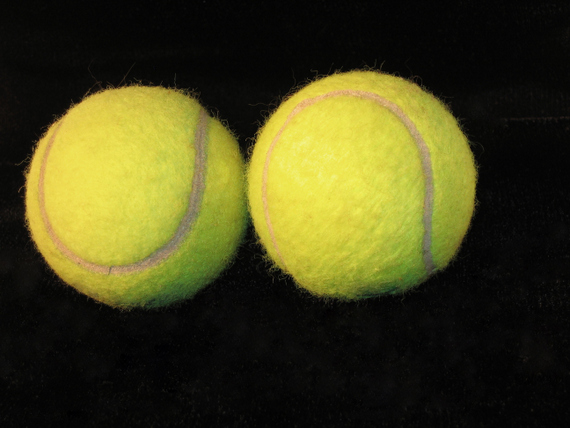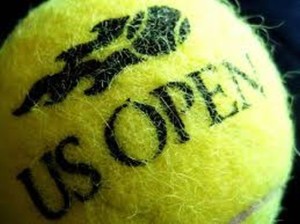
The Right Price!
This article gives an in-depth look into ‘Fetching the Right Price’ on a market for Tennis Trading on Betfair!
Let’s look into the following match as our example:
(As usual, stakes are 10 units)
Jankovic (1.65) vs Cirstea (2.5 ish)
As we can see Jelena Jankovic is clearly the favourite here.
Supposing my tip was as follows:
Back Janko@1.65, lay@1.4
The first thing that you look for is how FAVOURITE is the favourite! 1.65 is a favourite of course but its definitely not a one sided call by the bookies or Betfair here. So what you are trying to judge is how much is this 1.65 likely to jump in the match. Obviously there are many things you’ve to take into account here such as the recent matches of Jankovic, the head to head stats between these two players (and what surfaces), their serve percentages, their movement on the current court surface in general etc. But in relation to backing a player, one thing remains constant here, which is, if you are taking a price, you might as well take it at the best possible price. So the question: is there is a particular price you generally aim for at the start as a trader? The answer is ‘Most Definitely YES’!
From a personal point of view, I suggest to give a maximum price of 20 decimals ‘up’ for the favourite. In this case that would be 1.65 + 20 = 1.85. Again, the higher the price you’re getting, the better it is.
Before we apply the 1.85 price, let’s take the price at the given odds of 1.65 and do the math for a normal entry and exit strategy for 10 units.
The Greened out profit comes to about 1.8 units approximately or 18% of the stake.
Here’s how:
Backed @ 1.65 for 10 Units : Possible profit = 6.5 Units, Possible Loss = 10
Laid @1.4 for 11.78 Units : Possible loss = 4.71 Units, Possible Profit = 11.78
Guaranteed profit is either : 6.5 – 4.71 = 1.79 Units or 11.78 – 10 = 1.78 Units
So basically its around 1.8 Units.
Now let’s do the same thing with an increased price of 1.85 units (with the lay price same as 1.4)
Backed @1.85 for 10 => Profit = 8.5, Loss = 10
Laid @ 1.4 for 13.2 => Loss = 5.28, Profit = 13.2
Greened out Profit = 8.5 – 5.28 = 3.22 or 13.2 – 10 = 3.2
Approximate profit of 3.2!
That’s a much higher number, obviously, as delaying has given us a 32% profit rather than an 18%.
Pretty much all of these are obvious to you (probably apart from the math) I would imagine, as what we are really doing is taking a higher price. But if you are targeting something around 15-20% as a standard rule of thumb, one thing to keep in mind is after delaying the market for the higher price, try increasing the lay price accordingly to achieve your goal.
In this case the original back and lay price difference was 25 decimals i.e. 1.65 – 1.4. If you were to put the same for 1.85, corresponding lay price would be 1.6. Let’s see the result in such case:
Backed @1.85 for 10 => Profit of 8.5, Loss of 10
Laid @ 1.6 for 11.5 => Loss of 6.9, Profit of 11.5
Greened out Profit = 8.5 – 6.9 = 1.6 or 11.5 – 10 = 1.5
Approximately 1.5 which is 15% of your stake.
What this basically means is, if your initial target for the day in relation to tips were a particular %, delaying the market for a better back or lay price and adjusting the corresponding back/lay will likely get you something similar to my original tipped % target.
As I’ve mentioned many times before, anything above 10% is great. The important thing is to consistently make this 10% in the long run. In tennis such situations are very very common.
Having said the above, it is obviously important to realise that your ‘research’ of the players are also key to such situations unfolding. For me WTA markets are great to apply delayed strategies. When two in-form players are facing each other, its likely that both may break each other a similar number of times. So keeping that in mind, applying the strategy accordingly will only do you good in the long run. Also realise that our target is not too demanding in both the examples.
The Nemesis: I’ve often advised the above strategy to many traders. One thing however remains pretty common. Lack of discipline!
When the strategies are going consistently well, the amateur trader decides to increase his goal from 15% to 20% and higher and higher till he gets carried away and loses everything on one single match. As a result, he has just turned himself from a trader into a gambler! My best advice is to take the markets slow and steady.
Aim for the lowest possible percentage returns at the start.
Underline the above statement if you are new to trading because I can’t stress how important it is.
Building your bankroll is about discipline that few traders (in truth) apply. The ones that do, are likely to find the GOLD RUSH!
Thanks for reading!













Add Comment